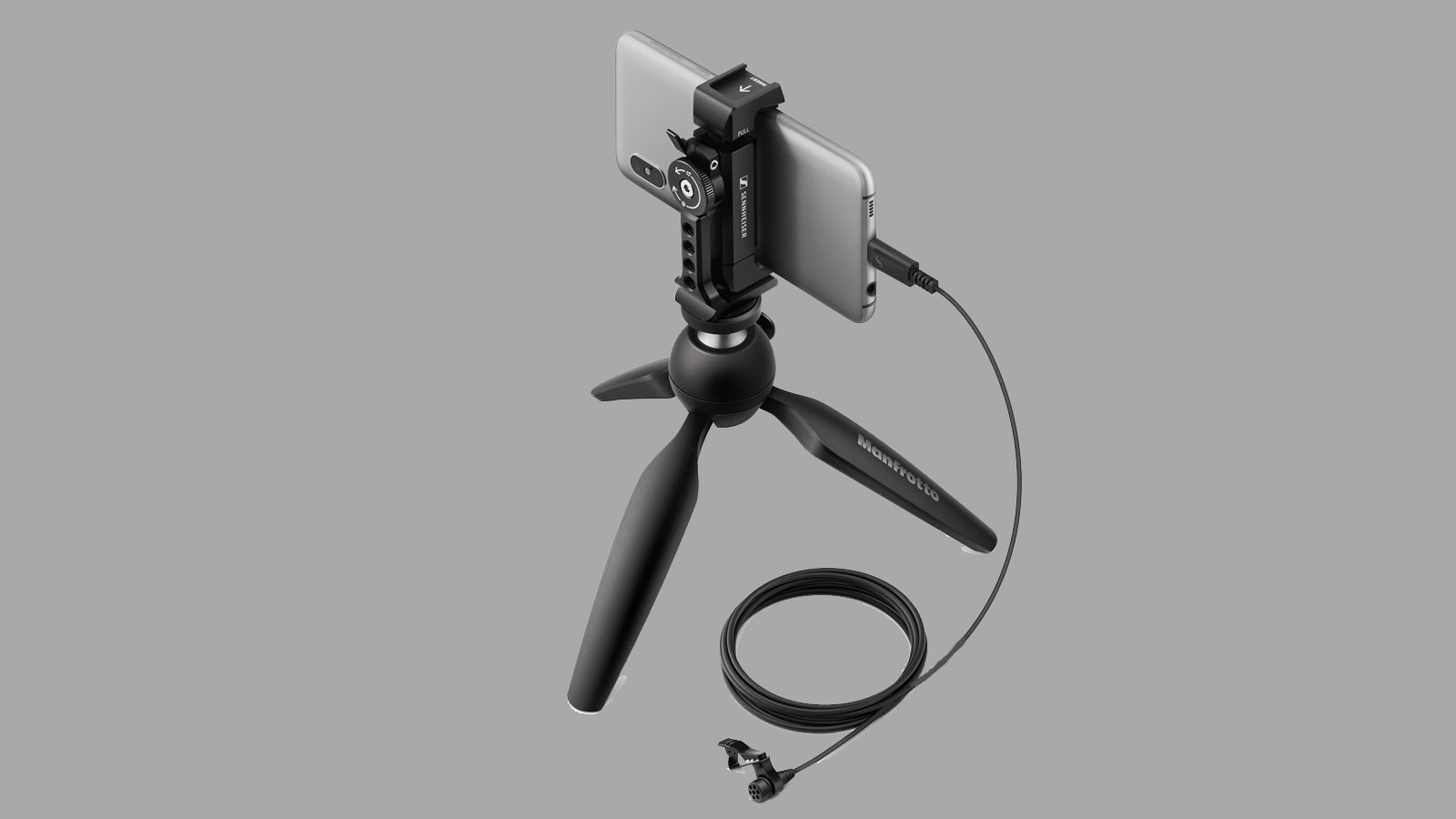Table of Contents
Highlights:
- Discover budget vlogging setups with affordable cameras and compact gear for smooth content creation.
- Top Camera Picks: Compact vlogging and entry-level mirrorless cameras like the Sony ZV-1 and Canon EOS R50 deliver excellent video quality, autofocus, and portability.
- Affordable Audio Upgrades: Budget-friendly mics such as the Boya BY-M1 and Rode VideoMicro significantly boost audio clarity for a professional touch.
- Starter Bundles at Every Price Point: Curated kits from under $200 to $1,500 make it easy for new creators to match their goals, workflow, and growth plans.
Aspiring YouTubers often encounter a similar challenge early on: how to achieve the best picture and sound without breaking the bank. This guide compares budget-friendly cameras, microphones, and tripods for beginners. It explains why each choice is important and recommends practical starter setups. The focus remains on what creates visually appealing and clear audio for someone making their first few uploads.

Cameras: what to buy first (and why)
For a new creator, the most important camera features are reliable autofocus, a flip or vari-angle screen for framing, decent low-light performance, and easy-to-navigate menu systems. Compact vlogging cameras and entry-level mirrorless cameras hit that sweet spot. They are portable, offer better image quality than most phones in mixed lighting, and work well with simple audio solutions. Compact all-in-one models, like Sony’s ZV-1, remain popular choices because they focus on video features.
These include fast autofocus, built-in ND filters, and a user-friendly design. Recent entry-level mirrorless models, such as Canon’s EOS R50 V, provide a way to use interchangeable lenses and make upgrades as a creator develops. For those on tight budgets, older but capable mirrorless and DSLR models, like the Panasonic G-series and Canon Rebel line, offer larger sensors and manual controls for a bit less money, if the user is eager to learn.
These recommendations come from current editor testing and buyer guides that highlight compact vlogging cameras and entry-level mirrorless bodies as the best value for new creators.
Practical note: When deciding between a compact camera like the ZV-1 and an interchangeable-lens model, consider your purpose. If you will be on the move, talking to the camera, and often using it handheld, a small camera with good stabilization and a solid built-in mic mount will be more convenient. If you plan to create sit-down tutorials, product reviews, or want to explore cinematic techniques, an APS-C mirrorless camera with a 15–45mm or 18–55mm kit lens provides more creative choices.
Microphones: clarity matters
Audio quality is often a major issue in many beginner videos. Camera mics tend to pick up room echo, clothing noise, and background sounds. There are three practical microphone types for beginners: shotgun (on-camera) mics, lavalier (lapel) mics, and compact wireless systems.

For on-camera shotgun microphones, compact options like the Rode VideoMicro offer a significant improvement over built-in mics. They are small, connect directly to the camera, and reduce noise from the sides and back. For interviews or on-the-go talking, a lavalier like the Boya BY-M1 captures clear, close-up audio at a very low cost.
This is why many creators recommend it as a first upgrade. For those who need to move around or work on the street, a compact wireless system like the Rode Wireless GO II or similar kits provides mobility and reliable audio levels. These systems also often include built-in recording as a backup. Each mic type comes with its own setup complexity and cost, but all deliver noticeably better sound than a camera’s built-in microphone.
Tripods & supports
Stable footage looks professional. For desktop or sit-down creators, a lightweight but sturdy full-height tripod or a tabletop tripod provides clean, shake-free framing. The Joby GorillaPod family is a classic and versatile option for creators who need a tripod that can also act as a flexible clamp or wrap-on support for uneven surfaces or railings. It is especially handy for travel and handheld setups.
For those who mainly work from a desk, an affordable full-height aluminum tripod, like the Manfrotto Compact Action or a good-value AmazonBasics alternative, offers height, a proper head for smooth pans, and better load capacity for slightly larger cameras. Reviews and tests of tripods make it clear that a modest investment in a rigid, well-built tripod prevents most beginner video issues and ensures consistent framing.
Choose a tripod rated for more than the weight of the camera, lens, and microphones. A margin of two to three times the total weight reduces wobble and extends the tripod’s lifespan. If you are vlogging on the move, consider a lightweight travel tripod that folds small and can convert to a low-angle or tabletop stance.
Starter bundles at three budget levels
To make decisions clearer, here are three sample starter bundles that balance cost and capability. Prices will differ by region, but these bundles show relative trade-offs.

Ultra-budget (~$100 to $200): smartphone (existing) + Boya BY-M1 lav ($15 to $30) + cheap tabletop tripod. This setup allows creators to use their phone’s good camera while significantly improving audio for interviews and sit-down videos.
Sweet-spot beginner (~$400 to $800): Sony ZV-1 or Canon EOS M50 II (used/options in this range) + Rode VideoMicro (or similar shotgun) + Joby GorillaPod 3K. This mix offers a reliable, compact camera ideal for video, a clear on-camera mic, and a versatile tripod for both static and travel shooting. Many creators recommend this setup for quick-to-use gear that requires minimal adjustments.
Growth kit (~$800 to $1,500): entry-level mirrorless (Canon R50 V or similar) + Rode Wireless GO II (or DJI Mini wireless options) + Manfrotto compact tripod + small LED light. This choice invests in audio versatility with wireless mics for mobility and a camera body that can be upgraded with lenses as the channel develops.
Buying advice & long-term thinking
New creators should buy equipment for the workflow they will actually use every week. A more expensive camera that ends up sitting in a bag because it feels intimidating is a worse choice than a simple camera that you are excited to use. Focus on having reliable autofocus, a vari-angle screen, and good audio, in that order. Keep in mind that practicing lighting and composition can improve production value more than spending on expensive gear. Used or refurbished cameras from trusted sellers are worth considering to stretch your budget. Many popular beginner cameras have a long sales lifespan and availability in the used market, making higher-tier features more affordable.
Finally, consider small investments. Adding a small LED panel and a soft diffuser often boosts perceived production value more than upgrading to the next camera model. Soundproofing a recording space with inexpensive acoustic panels or blankets can also provide more value than investing in a pricier microphone if environmental noise is the main issue.
Conclusion

For starters, finding the right balance between price, ease of use, and expandability is crucial. A compact vlogging camera or an entry-level mirrorless, along with a simple shotgun mic or an affordable lavalier and a sturdy tripod, will support most creators from their first uploads to early growth. Careful purchases, along with regular practice in framing, lighting, and editing, lead to better results. Gear is helpful, but consistency and storytelling drive channel success.